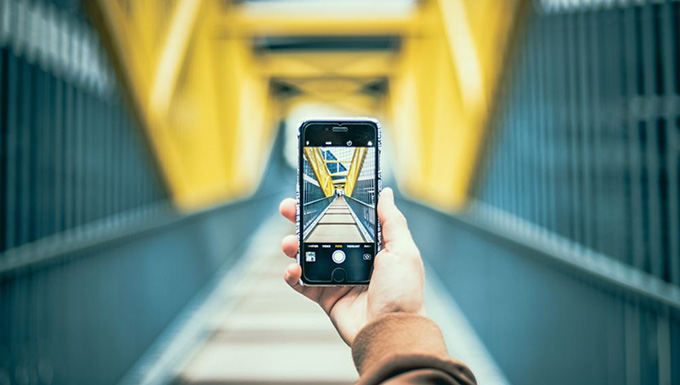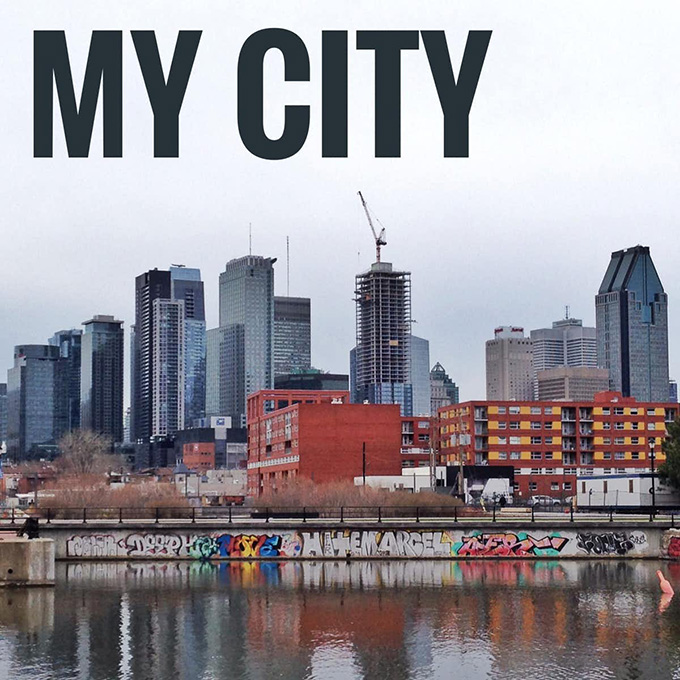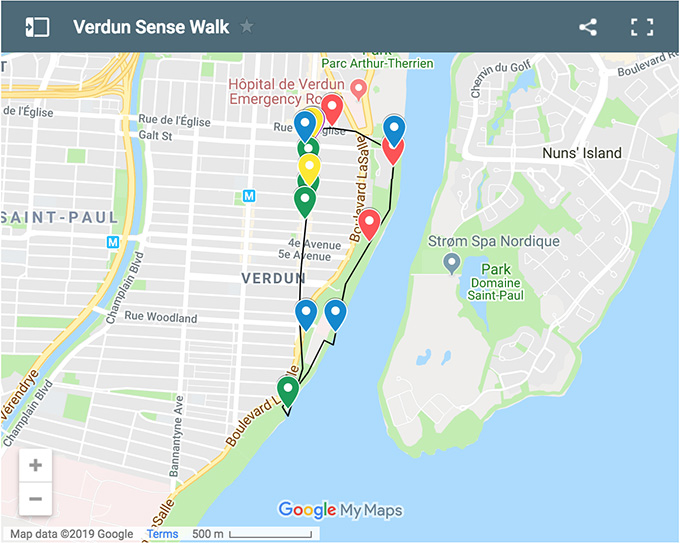
Many teachers see smartphones as weapons of mass distraction in the classrooms and have become convinced smartphones and school are a bad mix.
With a smartphone, a student is connected to all their friends and millions of strangers on a vast virtual world of attention-grabbing apps.
While there are many legitimate concerns over smartphone use in classrooms, the fact remains that smartphones are a major part of teens’ lives today.
In this context, embracing the mindful use of smartphones in classrooms might be a more effective tactic than prohibiting their use in schools.
I believe educators can have a positive impact on the everyday practices of youth by integrating smartphones in thoughtful and creative ways inside and outside classrooms.
I am a member of a research team investigating how mobile devices, like smartphones and tablets, can be used to enrich teaching and learning in art classrooms.
I am also an artist whose sense of the learning possibilities with smartphones has been enriched by my own explorations with sound.
Sonic energy
One day, I borrowed an audio recorder and I stood out in my backyard in Verdun, a neighbourhood in Montréal’s south west, and started listening with the device.
This familiar place had suddenly transformed into an aural ocean imbued with sonic energy!
I became aware of a world full of sound that I had been tuning out and I began composing soundscapes that represent my relationship to my everyday surroundings.
I began to wonder — could this type of attending, listening and creative representation of soundscape be useful in classrooms? What benefits might this offer students?
This led me to work with art teachers to develop an approach for teaching soundscape compositions in art classrooms.
A key insight I gained from these experiences is how mobile technology, like an audio recorder, can make us aware of our relationship to everyday places.
And I began to wonder if smartphones could do similar things in schools.
Expand the learning space< /h4>
Our team, led by my supervisor (Juan Carlos Castro), researches and designs ways for art teachers to use mobile devices in their classrooms.
In the MonCoin project we collaborated with high school art teachers and about 300 of their students. The phrase mon coin, which literally translates as “my corner,” also captures a sense of connection to identity and place.

Mission: ‘my city.’ Project leaders shared this with students on Instagram to inspire students’ own photos on the theme. Author provided
Our team used Instagram, the social media application for sharing photos online. At each school, we created a private, closed network accessible to only teachers and students in a class.
On Instagram, we posted visual prompts (images), which we called “Missions.” Through these we invited students to post a response with a smartphone photograph. Such missions explored themes of “self,” “my school” and “my surroundings.”
What we experienced was consistent with earlier research: sharing from their different perspectives and locations heightened the students’ desire to be connected at school and their sense of personal involvement in their learning.
And, through sharing their own images, the students created a peer-learning network, in which they could teach and learn from each other by taking and sharing images online.
Thus, through the MonCoin project, teachers initiated a new way for students to relate, but the students themselves were participants in expanding the learning space. This project allowed peers to be connected anywhere at anytime.
Noticing our surroundings through the senses
I’m now using the methods and approaches developed in the MonCoin project to design additional curricula for using smartphones to connect youth to their everyday surroundings:
Sense Walks
Sense walks are in-classroom activities, where a class goes on a walk together, while paying attention to one sense at a time.
The group of students stops at various intervals to discuss each sense, and also to photograph what they sense.
This gives students the creative challenge of translating different senses into visual images.
Sense Maps
Another tool I use is the sense map. We use Google My Maps to design sense walks in different Montréal neighbourhoods — for example, in Verdun by the St. Lawrence River.

Creating such a map involves: Making a list of places in your neighbourhood to photograph its iconic, personally meaningful, or interesting sounds, sights, tastes and smells; using the list to design a walk in your neighbourhood; going on the walk and taking pictures; editing and posting those images on the map.
Students who made sense maps talked about how the process encouraged them to go outside and discover new things about their familiar spaces that they hadn’t noticed before.
Smartphones to connect to everyday surroundings
In my current research, the smartphone is being used as a tool to pay attention, notice, and share observations about our everyday surroundings.
By interviewing students, I have learned about some of the positive outcomes of using smartphones in the art classroom in these ways: connecting a group of learners to encourage peer learning; expanding the space of learning and encouraging youth to go outside and explore; encouraging youth to notice and pay attention to their everyday surroundings.
Yes, smartphones are distracting, and they can have negative effects on learning. However, as an educator I believe I can have an impact by encouraging positive habits and uses with this pervasive technology.
Author Bio: Ehsan Akbari is a PhD candidate, Department of Art Education at Concordia University
I wish to thank my research team for their collaboration and support with these projects: Juan Carlos Castro, David Pariser, Martin Lalonde, Lina Moreno, Bettina Forget, Melissa Ledo and Gia Greer.
